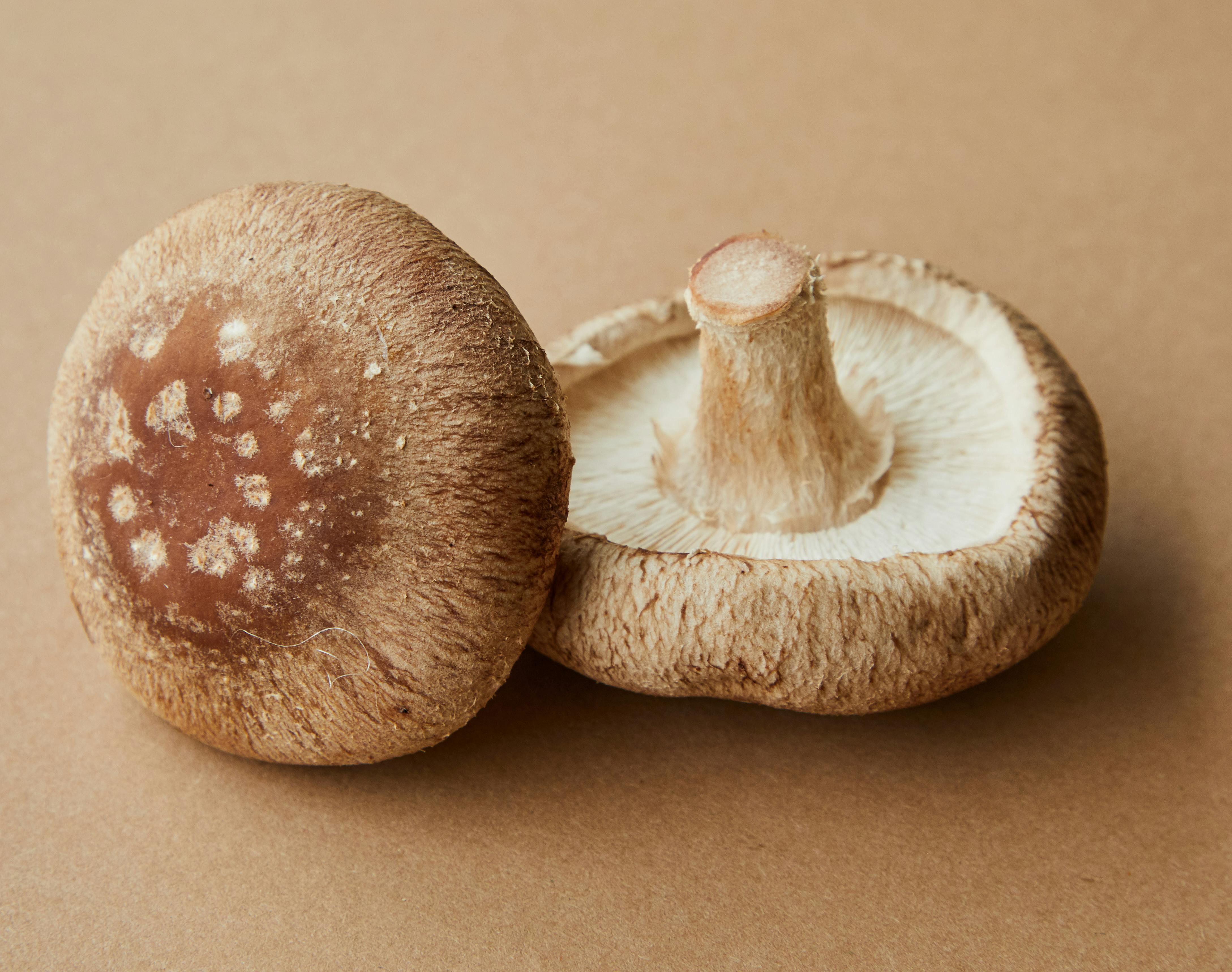Strawberries are an incredibly popular and delicious fruit that can be grown in a variety of climates and soils. But how many strawberries can you expect to harvest from one plant? The answer to this question will depend on a number of factors, including the type of strawberry plant you are growing, the climate and soil conditions, and the care and attention you give it. In this article, we’ll explore these factors to help you get the most out of your strawberry plants.The number of strawberries that can be expected from one plant varies depending on the variety of strawberry and environmental factors. Generally, one strawberry plant can produce up to 1 quart of strawberries per season.
Climate Conditions
The climate conditions are one of the most important factors that affect the yield of strawberries from a single plant. Strawberries thrive in warm and sunny climates, and they require plenty of direct sunlight to produce a good crop. If the climate is too hot or too cold, or if there is not enough sunlight, the yield of strawberries from a single plant will be greatly reduced. Additionally, if there is excessive rain or drought, this can also affect the growth and development of the plants, leading to decreased yields.
Soil Quality
The quality of soil is another factor that affects the yield of strawberries from a single plant. The soil should be well drained and rich in organic matter so that it can provide adequate nutrients for the plants. Poor soil quality can lead to decreased yields due to inadequate nutrition and drainage issues. Additionally, soil acidity levels should also be checked to ensure that they are suitable for strawberry cultivation.
Fertilization
Fertilizing strawberry plants regularly is essential for maintaining high yields. The right type and amount of fertilizer should be chosen according to the specific needs of the plants and soil type. Applying too much fertilizer can cause excessive vegetative growth, leading to reduced yields; whereas applying too little fertilizer can lead to poor health and lower yields as well.
Pest Management
Pest management is another important factor in determining strawberry yields from a single plant. Pests such as aphids, mites, slugs, caterpillars, and nematodes can cause significant damage to strawberry plants and reduce their yields significantly. To prevent these pests from damaging your crops, it is important to use appropriate pest control methods such as insecticides or organic pest control measures.
Cultivation Practices
The cultivation practices used when growing strawberries are also very important for achieving good yields from a single plant. Proper pruning techniques should be used so that only healthy branches are kept on the plant; this will help promote better fruit production. The timing of planting should also be taken into consideration; planting too late in the season can result in smaller fruits due to cooler temperatures.
All these factors play an important role in determining how much yield a single strawberry plant will produce. By taking all these factors into consideration when growing strawberries, you can ensure that you get maximum yield for your efforts!
Maximizing Strawberry Yield From a Single Plant
Growing strawberries from a single plant is a great way to enjoy freshly harvested fruit. But to get the maximum yield from one plant, there are several steps that need to be taken. First, it is important to choose a healthy, disease-free plant with good root structure and ample amount of flowers and buds. Then, ensure the soil in which the strawberry plant is planted is well aerated and has good drainage. Additionally, fertilize regularly with organic or synthetic fertilizers to promote healthy growth and increase yield.
To maximize the number of strawberries produced by a single plant, prune off any dead leaves or flowers that can hamper the growth of new fruits. Also, thin out any overcrowded areas of the strawberry plant so that each individual fruit has plenty of room to grow. Finally, water regularly but avoid over-watering as this can lead to fungal disease and reduce yield.
By following these simple steps, you can get the most out of your strawberry plants and maximize your strawberry yield from a single plant. With patience and proper care, you can enjoy sweet, juicy strawberries all summer long!
Growing Conditions for Strawberries on a Single Plant
Strawberries can be grown successfully in a variety of conditions, from small containers to large fields. To ensure the best possible results, however, it is important to provide the right growing conditions for your particular strawberry plant. The following tips will help you to create the ideal environment for your strawberry plants.
First and foremost, strawberries require full sun in order to produce the highest yields possible. They should be planted in an area that receives at least six hours of direct sunlight each day. Additionally, they need good air circulation and regular waterings. It is best to water them in the morning so that any moisture on the leaves can evaporate during the day.
When planting strawberries, it is important to select a soil that is well-draining and nutrient-rich. Organic matter such as compost or manure can be added to improve soil structure and fertility, as well as attract beneficial insects like bees and ladybugs which will help pollinate your strawberry plants.
It is also essential to keep weeds under control around your strawberry plants so they are not competing for nutrients and water. Mulches such as straw or grass clippings can be used to help retain moisture while also suppressing weed growth.
Finally, regular pruning of runners (the long stems that produce new plants) is important in order to maintain healthy growth and productivity of your strawberry plant. Removing old leaves can also help reduce disease pressure and promote air circulation around the plant’s crowns (the base where new leaves emerge).
By following these simple tips, you should have no problem growing healthy, productive strawberries on a single plant!
What Type of Soil Is Best for Growing Strawberries on a Single Plant?
The best type of soil for growing strawberries on a single plant is a rich, loamy soil that is well-draining and high in organic matter. The soil should be slightly acidic with a pH between 5.5 and 6.8. Adding compost or aged manure will help enrich the soil and make it more suitable for strawberries. Sandy soils should be amended with organic matter to improve water retention, while clay soils should have sand or peat moss to help improve drainage. It is important to test the pH and nutrient levels of the soil before planting, as this will help determine what amendments need to be added. Additionally, proper fertilization will ensure that the strawberry plant receives all the nutrients it needs for optimal growth and fruit production.

Optimal Temperature Range For Growing Strawberries on a Single Plant
Growing strawberries on a single plant requires the right temperature range to ensure that they can grow and thrive. The optimal temperature range for growing strawberries on a single plant is between 55-85°F (13-29°C). This temperature range is best suited for strawberry plants, as it allows them to produce the most fruit. When temperatures exceed 85°F (29°C), the heat can cause the flowers of the plant to wilt and drop off, preventing the fruit from developing. On the other hand, temperatures below 55°F (13°C) can cause damage to the strawberry plants. At this temperature, they are unable to photosynthesize and produce energy, which can stunt their growth or even lead to death.
In addition to providing a suitable temperature range for growing strawberries on a single plant, it is also important to ensure that there is adequate sunlight and moisture. Strawberries require 8 hours of full sun per day in order to bear fruit and produce healthy plants. They also need consistent moisture in order to maintain their health and development, so proper irrigation should be used during dry spells or times of extreme heat.
In conclusion, it is important for growers of strawberries on a single plant to provide an optimal temperature range of between 55-85°F (13-29°C) in order for their plants to grow and bear fruit successfully. In addition, adequate sunlight and moisture must be provided in order for the strawberry plants to remain healthy and productive.
What Are the Best Fertilizers to Use for Growing Strawberries on a Single Plant?
Growing strawberries on a single plant can be a great way to enjoy fresh, homegrown strawberries in your own backyard. However, in order to ensure healthy plant growth and a bountiful harvest, it is important to use the right fertilizers. The best fertilizers for growing strawberries on a single plant should be high in nitrogen, phosphorus and potassium. Additionally, they should be slow-release fertilizers that are designed for fruiting plants and provide long-term nutrition over several months.
Organic fertilizers such as composted manure or fish emulsion are great options for strawberry plants as they provide essential nutrients while also improving soil structure and increasing microbial activity. Composted manure is especially beneficial as it contains many trace elements that are important for healthy strawberry plants. For best results, apply composted manure in early spring when the first new leaves begin to emerge.
Synthetic slow-release granular fertilizers are also an option when it comes to growing strawberries on a single plant. These products contain higher concentrations of nutrients than organic options and can provide longer-term nutrition for your strawberry plants over several months. When using synthetic slow-release granular fertilizer, make sure to apply it according to the instructions on the package.
Finally, liquid fertilizers can also be used for growing strawberries on a single plant. These products come in both organic and synthetic forms and are applied directly to the soil or foliage of the strawberry plant. Liquid fertilizers can be applied more frequently than other types of fertilizer and can provide quick results due to their high levels of nutrients. When using liquid fertilizer, follow label instructions carefully as over-fertilization can result in nutrient burn which can damage your strawberry plants.
Overall, there are many different types of fertilizer that can be used when growing strawberries on a single plant. The best type of fertilizer will depend on your specific needs but generally should be high in nitrogen, phosphorus and potassium as well as being slow-release or liquid form so that you can ensure long-term nutrition over several months without risking nutrient burn from over-fertilization.
Pruning and Its Benefits
Pruning is essential for strawberry plants, as it helps to improve the overall health and yield of the crop. Pruning involves removing damaged or dead leaves, flowers, and stems from the plant. This encourages new growth and allows for better air circulation around the plant. Pruning also promotes larger and more abundant fruit production from a single plant. Pruning can be done at any time during the growing season, but it is best to prune in early spring before new growth begins.
Pruning helps to reduce the spread of diseases and pests by removing any infected parts of the plant. This also helps to ensure that only healthy growth remains on the plant. Pruning help to increase airflow around the plant which can improve photosynthesis and overall productivity of the crop. Moreover, pruning also encourages more flowers to form which will lead to a greater yield of strawberries from a single plant.
In addition, pruning can help with space management in smaller gardens or planter boxes by limiting how large each individual plant can grow. By confining plants to a certain size it allows for more plants to fit into a given space, which in turn leads to higher yields from a single area. Pruning can also help with water conservation as it reduces evaporation from leaves while ensuring that only healthy parts of the plant are receiving water.
Overall, pruning is an important part of strawberry cultivation as it helps improve yield from a single plant by reducing disease spread, improving air circulation, increasing flower production, managing space in smaller gardens or planters boxes, and conserving water all at once.

Conclusion
Growing strawberries from one plant can yield a surprising number of fruits. With the proper care and maintenance, you can expect to harvest up to 10-15 strawberries per plant. It is possible to get more berries with the use of fertilizer, but that will depend on how well the conditions are for the plant. Strawberries are an excellent addition to any garden, and they require minimal care and attention.
The best time of year to grow strawberries is from spring through fall. During this time, you should water your plants regularly and fertilize them periodically. Pruning is also necessary for optimum growth and fruiting. With the right techniques, you can ensure that you have a successful strawberry crop each year.
In conclusion, growing strawberries from one plant is not only possible but can also yield a good number of fruits with proper care. Taking into account factors like location, soil type, watering frequency and fertilization can help you maximize your harvest and enjoy sweet and juicy strawberries all season long!



